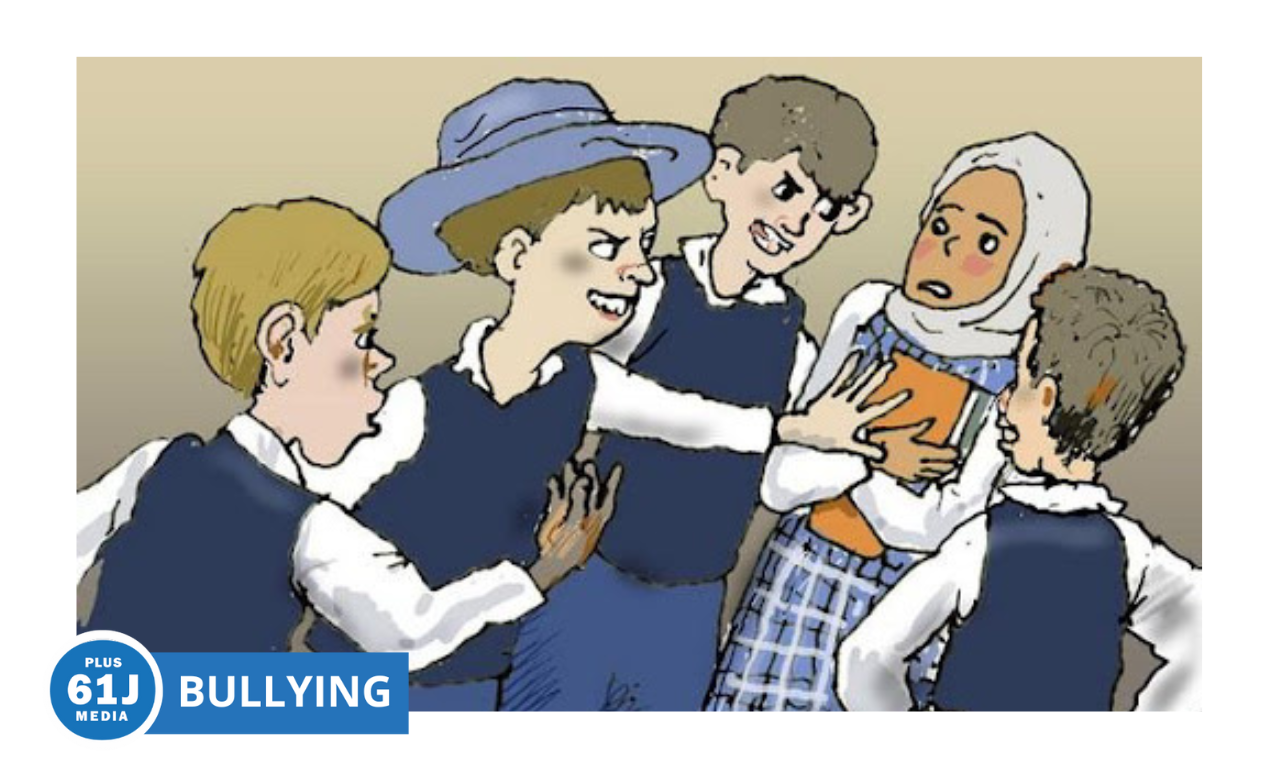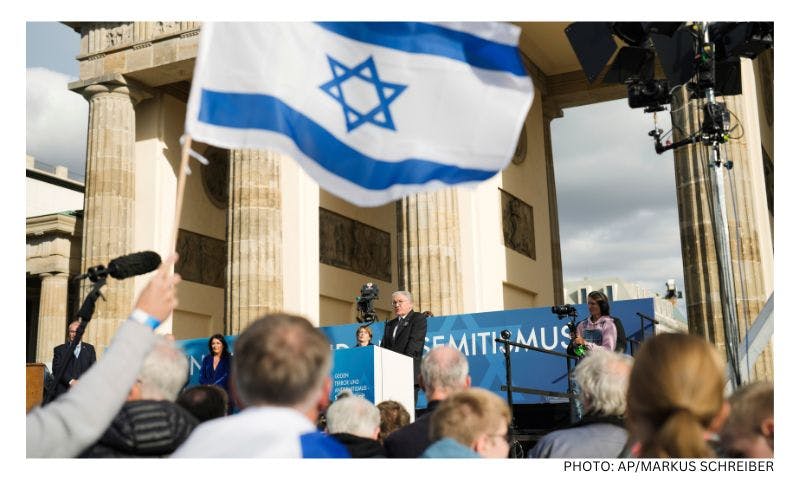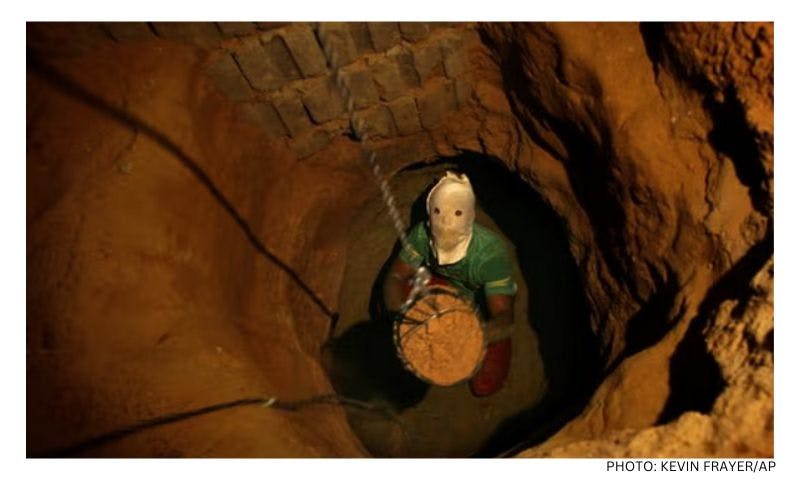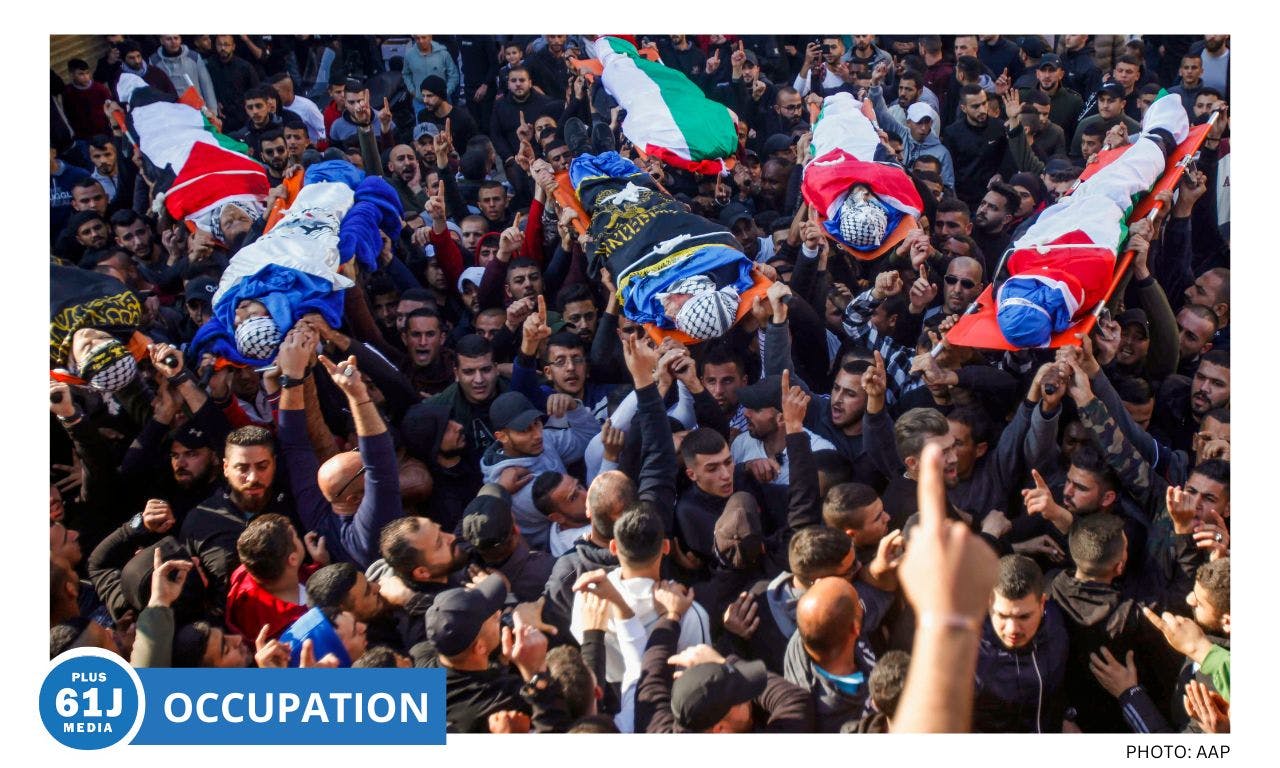Published: 30 August 2022
Last updated: 5 March 2024
In this extract from their book, Zehavit Gross and Suzanne Rutland examine how to counter widespread 'racism and religious discrimination' in the playground.
Our research found that the main reports of school-based prejudice relate to the Abrahamic faiths (Christianity, Judaism and Islam), as well as Hinduism. Responses from Buddhist students/teachers said it was not a problem for them.
With students from the Abrahamic faiths, issues related to whether they were a minority or a majority in a school. Muslim teachers reported that in areas of Sydney which were predominantly Muslim they had not “experienced any major hurdles or challenges”.
With Christians, even when they are nominally the majority, it was only when they strongly and openly identified with their faith that they experienced bullying, and this was mainly in high school. As one Christian Religious Education teacher explained: “Bullying comes from being different, and I’m not so convinced that the kids are so different in the playground and the classroom that it would become obvious”.
Overall, the responses of Christian, Muslim, Hindu and Jewish graduates who had experienced religious prejudice, bias and bullying reveal that this is an issue within schools.
There is clearly pervasive racism and religious discrimination against minority groups in Australian schools that needs to be countered.
Types of attacks
Christian anti-religious bullying occurred with some students who openly identified as being Christian, with such bullying becoming prevalent at the secondary level. Students can be teased along the lines, of “kids who would say oh, we’re just praying, we’re just praying, like making fun of them, because they were Christian”.
One graduate explained: “I was bullied because I didn’t swear, and I didn’t drink, which was built on my faith, and I didn’t believe that under-age drinking was a thing, or that I should go around cursing, or taking the Lord’s name in vain, or practicing sex outside of marriage.”
Muslim teachers and graduate interviewees reported a “normalisation of anti-Muslim bullying” at school but also gave examples of outside events, both locally (such as graffiti on local mosques) as well as internationally (such as the Christchurch shooting). These impacted negatively on the students. One graduate interviewee noted that her cousin was in the city centre and “some random guy that doesn’t really like our religion just came up to her and punched her in the stomach…”
In the school setting, the girls who wore a hijab could be particular targets for teasing, with students making comments such as “You have a towel on your head”, creating a sense of alienation, while the boys could be “called bad things” including being teased for being “terrorists and bombers”.
The attacks increased when there was negative coverage in the media. Often, the school principals failed to react when anti-Muslim bullying occurred, adding to the students’ sense of vulnerability.
For the Hindu students, the girls could also be specific targets of attack because of the Bindi, a round, red dot considered to be a third eye, but both sexes suffered from attacks based on stereotypical views.
The Hindu graduate explained: “I’ve had teachers even ask, ‘don’t you have child marriages in India?’ It is kind of disheartening to hear those things because no one really understands the history of India and British colonisation and what people had to do and struggle. I think it’s quite hard to go through, especially when your own peers are putting you down for being a certain culture or being a certain nationality.
The current study found issues of racial prejudice facing young Jews, which started in primary school but increased in high school. Two recent incidents in Melbourne, one involving a five-year old boy and the other a 12-year-old boy in secondary school received significant press coverage. In the first instance, the five-year old was repeatedly called a “cockroach” and “dirty Jew”, as well as being tormented in the toilets because he was circumcised.
Religious bullying in the playground is a case study of the more general phenomenon of ‘out group/in group’ of minorities in the schoolyard.
As a result, he started wetting himself in class, rather than going to the toilet. He was provided with a separate toilet as a “safety plan” but the department of education claimed his complaints could not be corroborated, since the teachers did not hear the comments. In the end, the department apologised for this denial, but the parents decided to take the boy out of the government school.
In the second case, a gang of boys, led by a bully of Anglo-Celtic background, invited a Jewish boy to play soccer with them in the park, but when they arrived there they started physically threatening him and forced him to kiss the shoe of another boy, a Muslim boy, who was pressured into the situation. One student filmed the act, which was then shared on social media. As this incident took place outside school grounds, the principal denied any responsibility. No action was taken and none of the boys was punished.
The student who was the victim was forced to leave the school and was threatened by the gang with further abuse if he attended any other local public school. He now attends a private school where he is reported to be thriving. All of the students in the gang still attend the public school.
There have also been incidents reported in high schools in Sydney. For example, in March 2019 a Jewish high school student was told that that he “should have died in the gas chambers”. In another Sydney incident, during a lesson on the Holocaust a Year 10 boy shouted at a Jewish student “The Jews deserved it” but again the teacher did not take any action at this racist abuse, based on both the religious and ethnic background of the student.
Of relevance is the fact that both Muslim and Jewish students received death threats from other students, but in the case of the Jewish students it was often within a Holocaust context, such as “Hitler should have killed you all”.
Christian SRE teachers could also experience problems. One Christian supervisor spoke about a problem which a teacher in a particular school experienced with the supervising class teacher, who as an open atheist was “a bit obstructive during her classes… butts in and tries to take over the authority from the SRE teacher… and I think she was undermined by that”.
Another Christian RE teacher described how “definitely there were teachers who were anti-Christian, who would… say things from the front of the class, trying to humiliate me”.
In comparison, the Muslim RE teachers found that the class teachers were very positive, appreciated learning about Islam and would sometimes ask questions themselves.
Whilst the Jewish teachers also did not complain about antisemitic responses from the class teachers, they did comment on their need to take care. For example, in Melbourne, which has the highest proportion of people of Greek origin of any city outside of Athens, teachers are expected not to say anything that might reflect badly on students of Greek ethnic origin.
With regard to the Jewish festival of Chanukah, which celebrates the victory of a small group of Jewish resistance against the oppression of the Assyrian–Greek Empire, one of the teachers commented: “It is a safe place… where they can actually say whatever they want to say about Judaism, but when we talk about Alexander the Great, we can’t even say the word Greek, because somebody will say ‘But my friend is Greek and you said he was the enemy.”
Thus, the teachers are aware of the need to be critical but not to offend other minorities within the school population.
Our findings showed that the principals involved responded with denial. Better strategies need to be developed to enable principals to acknowledge religious and racial problems in the playground.
Conclusions and recommendations
Religious bullying in the playground is a case study of the more general phenomenon of exclusion/inclusion or ‘out group/in group’ of minorities in the schoolyard. There is clearly pervasive racism and religious discrimination against minority groups in Australian schools that needs to be countered.
SRE can play a very positive role for this issue, by providing a safe place for children and, particularly at primary level, enabling them to develop self-confidence in their own religious identity. This is important in terms of social cohesion.
Teachers need to be educated about this problem and to develop strategies for their students through simulation games, group discussions, creative drama, and other informal education approaches. In addition, it is important to bring different ethnic groups together, so that the children can learn to understand different cultures and not fear ethnic and religious differences.
In terms of teacher education there are two important issues to explore. Firstly, there is a need for teachers to better understand cultural diversity, and any specific cultural and religious issues facing their school population. It is [also] important for students from a minority culture that is discriminated against to be able to experience a safe environment—in our case study the SRI/SRE classes.
Secondly, it is important to educate not only classroom teachers but also school principals and administrators in how to respond in a positive fashion to problems of racial discrimination that occur in the playground, despite the best efforts of official government policies and the care taken by teachers in the classroom.
Our findings showed that the principals involved responded with denial. Hence, better strategies need to be developed to enable principals to acknowledge religious and racial problems in the playground, establish better policies for handling complaints and to assist both principals and teachers to deal with these problems.
The importance of the role played by principals is one of the factors which can help in terms of building intercultural capabilities within their school, and this also applies to understanding and dealing with religious bullying.
More professional development for principals would be beneficial in this area, and indeed it has been found that ongoing professional development for principals and teachers over the long term does make a difference in terms of intercultural understandings.
Through creative and inspiring educational programming, schools need to break the cycle of stereotypical views about Jews being passed down in the playground, and the same principle applies to other religious and ethnic groups. Schools need to educate the children explicitly about the problem of stereotypes and initiate systematic intervention programs to combat it.
The prevalence of religious and racial stereotypes in Australia could also apply to Asians and the indigenous population, both of whom have been the objects of long-standing negative images dating back to nineteenth century Australia. Racist bullying has been denied or minimised, by claiming that such attacks are simply part of “normal” children’s behaviour in the playground.
Through our research, we have shown that children are being bullied for their religious beliefs, with Muslim and Jewish children being particularly affected by this problem. More research is needed on school-based racism and bigotry, including the reasons why children need to display religious prejudice. This will contribute to developing strategies to break this vicious generational cycle.
Special Religious Education in Australia and its Value to Contemporary Society, by Zehavit Gross and Suzanne Rutland, is published by Springer
READ MORE
Religious bullying ‘rampant’ in schools, says report (The Australian, August 26)
A confronting investigation uncovering significant religious bullying in Australian schools for most major faith groups has found “rampant” levels of vilification in the classroom and playground, with families and schools “ill-equipped” to deal with the abuse levelled at children.
The four-year investigation, led by academics Zehavit Gross and Suzanne Rutland, cited disturbing instances of bullying against Hindu, Jewish, Muslim and Christian students in Australian schools in a series of interviews with teachers, families and children, arguing that school principals are often unwilling to acknowledge the extent of religious discrimination.
The study, to be released next week at a conference in Sydney, will urge state and federal education departments to increase spending on resources to combat religious discrimination in schools, saying parents and children are often forced to “downplay” episodes of vilification, fearing the situation could be made worse “if they make a fuss”.
Sydney University’s Professor Rutland said the project had exposed “disturbing cases” of religious vilification across schools in Melbourne and Sydney, arguing acts of violence fuelled by religious or racial hate had become increasingly common.
“The research initially began as a project about anti-Semitism, but quickly grew into a multi-faith study as we began to see similar discriminatory trends against Muslim students.”
In one interview cited in the study, a student from a Sydney secondary school said Jewish students were commonly subjected to anti-Semitic taunts. “If you are Jewish you are teased. They call you stingy. They throw you five cents … Or they throw money on the ground and call out ‘who is the Jew?’,” the child said.
The report details instances at a school in Melbourne’s eastern suburbs currently disciplining several students for directing “Heil Hitler salutes” at Jewish students.
“We recorded many instances of Muslim girls having their hijabs pulled off at school and being the subject of violence,” Professor Rutland said, adding that Hindu students were regularly targeted for their Bindi – a round red dot considered to be a third eye.
Illustration: Avi Katz




